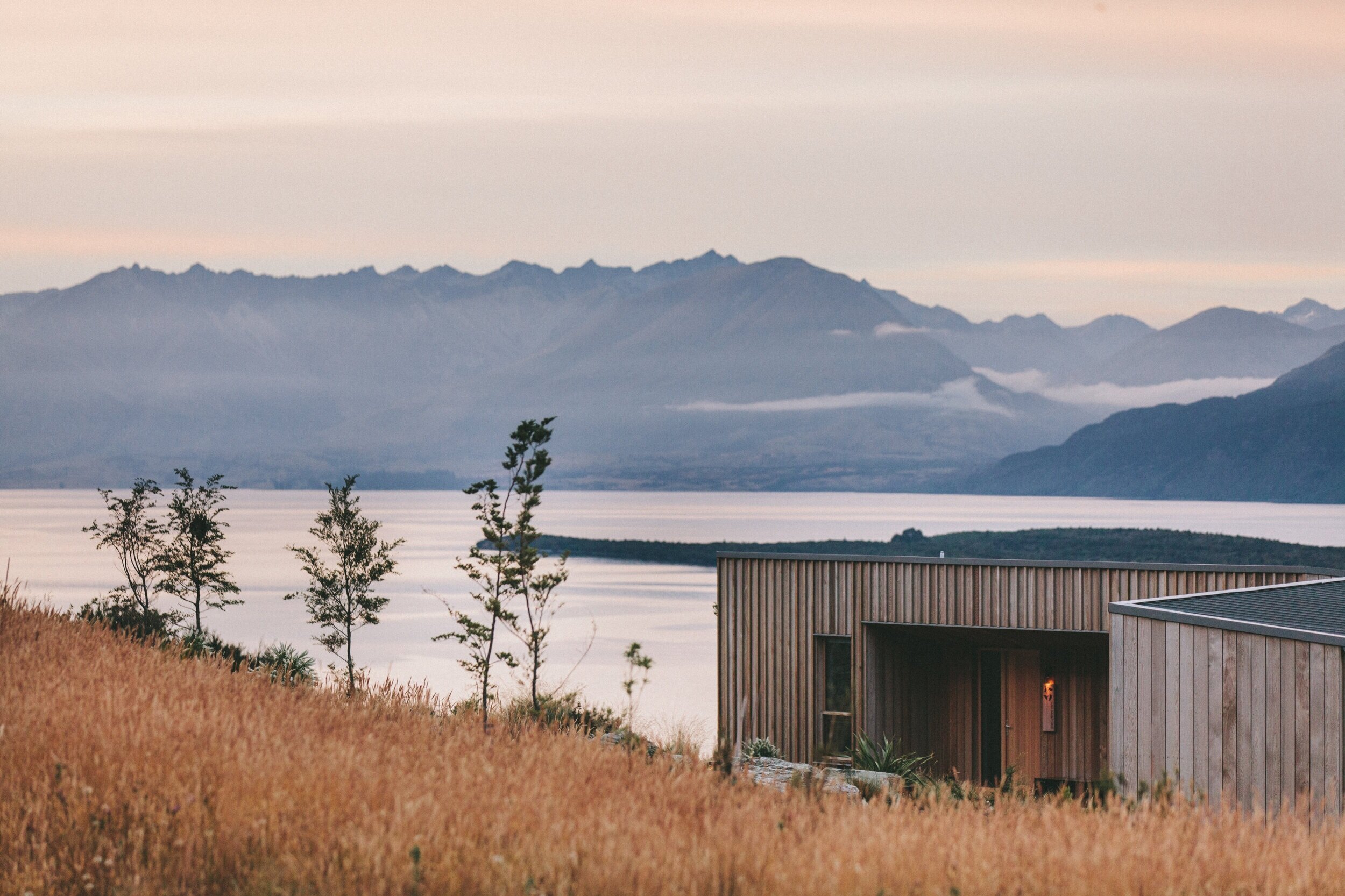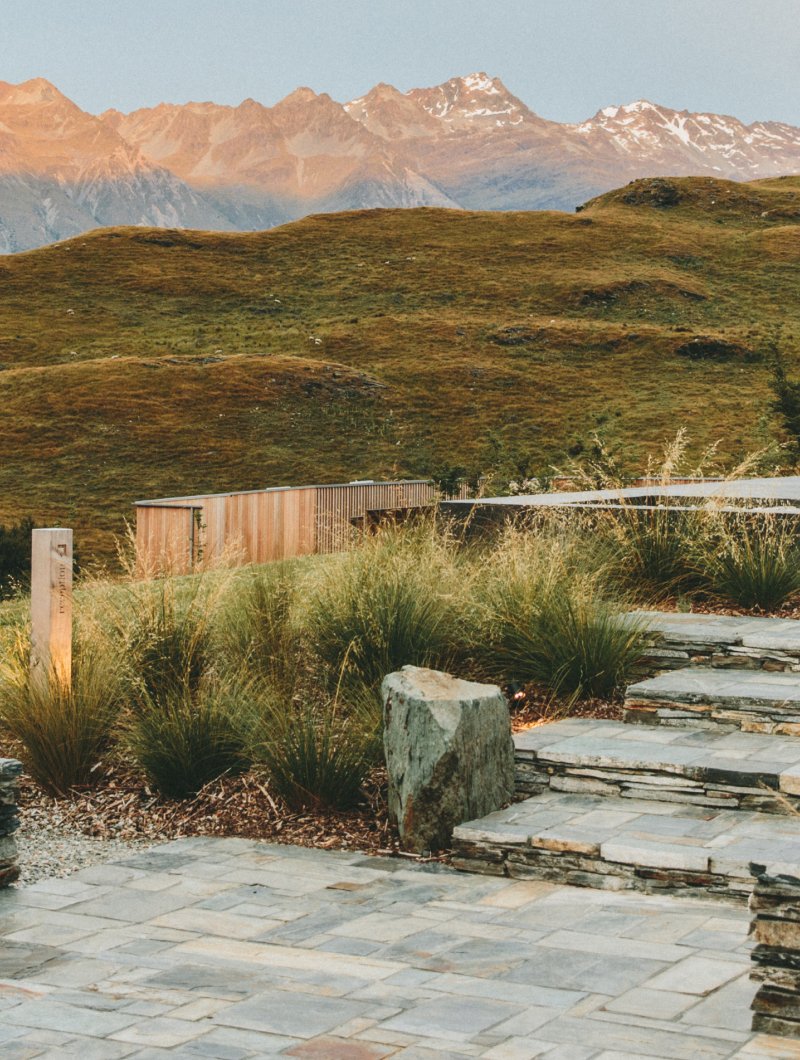History
The Space Omics and Medical Atlas (SOMA) is the largest publicly accessible resource for molecular and biomarker changes during spaceflight.
The SOMA Program collects biospecimen samples from astronaut crews before, during, and after their mission to precisely track changes that occur during exploration of the final frontier.
Over 90% of publicly available astronaut omics data from spaceflight is from the SOMA Program.
Below is our journey.
Eliah G. Overbey
Christopher E. Mason
SOMA Astronaut Summit Co-Chairs
NASA Twins Study
The SOMA Program was created in the aftermath of the NASA Twins Study. In this study, Scott Kelly spent one year in space, the longest of any human at that date in a single stretch of time.
While in space, he performed a series of biometric collections, generating valuable data for genomics, transcriptomics, proteomics, and metagenomic analyses. This study found large swathes of molecular changes during spaceflight, including the elongation of telomeres and detection of brain-associated proteins circulating in the bloodstream.
The NASA Twins Study confirmed the hypotheses of genomicists around the world, that spaceflight produces profound effects on the human body at the most fundamental level: The regulation and structure of our genome.
SpaceX:
Inspiration4
The NASA Twins Study had its limitations. Chiefly that it was an n=1 study, collecting measurements on a single astronaut. To prepare humanity for space exploration and colonization, more data was required.
Enter the Inspiration4 mission, the first all-civilian orbital space mission. The crew of Inspiration4 became the successors to the NASA Twins Study, participating in an enhanced battery of biospecimen collection.
















Axiom Space:
Axiom-2
https://shop.elsevier.com/books/neuroscience-research-in-short-duration-human-spaceflight/shirah/978-0-443-33918-9














Blue Origin:
New Shepard
It all begins with an idea. Maybe you want to launch a business. Maybe you want to turn a hobby into something more. Or maybe you have a creative project to share with the world.






SpaceX:
Polaris Dawn
It all begins with an idea. Maybe you want to launch a business. Maybe you want to turn a hobby into something more. Or maybe you have a creative project to share with the world.








Expansion
It all begins with an idea. Maybe you want to launch a business. Maybe you want to turn a hobby into something more. Or maybe you have a creative project to share with the world.
UATX, BioAstra in addition to Cornell and Biobank
Key laboratories and scientific leads for the SOMA resources
Christopher E. Mason, Weill Cornell Medicine, Mason Lab
Eliah G. Overbey, The University of Austin (UATX), Overbey Lab
Afshin Beheshti, Blue Marble Space Institute of Science at NASA Ames Research Center, Beheshti Lab
Mathias Basner, University of Pennsylvannia, Basner Lab
Cem Meydan, Weill Cornell Medicine, Meydan Lab
Masafumi Muratani, University of Tsukuba/JAXA, Muratani Lab
Susan Bailey, Colorado State University, Bailey Lab
Eric Bershad, Baylor College of Medicine, Center for Space Medicine
Joseph Borg, University of Malta, Borg Lab
Sylvain Costes, NASA Ames Research Center, Costes Lab and NASA OSDR: Open Science for Life in Space
David Furman, The Buck Institute, Furman Lab; Stanford University, 1000 Immunomes Project
Stefania Giacomello, SciLifeLab, Giacomello Lab
Christopher Jones, University of Pennsylvannia, Jones Lab
Jaime Mateus, SpaceX
Begum Mathyk, University of South Florida, Begum Lab
Amber Paul, Embry-Riddle Aeronautical University, Paul Lab
Ashot Sargsyan, KBR, Inc., Sargsyan Lab
Jonathan Schisler, University of North Carolina, Schisler Lab
Michael Schmidt, Sovaris Aerospace
Mark Shelhamer, Johns Hopkins University, Human Spaceflight Lab
Keith Siew, University College London, Siew Lab
Scott Smith, Nutritional Biochemistry Laboratory, Smith Lab
Emmanuel Urquieta, University of Central Florida, Urquieta Lab
Stephen (Ben) Walsh, University College London, Walsh Lab
Dan Winer, The Buck Institute, Winer Lab
Fredric Zenhausern, University of Arizona, Zenhausern Lab
Sara Zwart, Nutritional Biochemistry Laboratory, Johnson Space Center
NASA Artificial Intelligence for Life in Space (AI4LS) Working Group, Sylvain V. Costes, Lauren M. Sanders
NASA GeneLab Sample Processing Lab, Valery Boyko
NASA Open Science Data Repository, Sylvain V. Costes, Samrawit G. Gebre, Danielle K. Lopez, Lauren M. Sanders, Ryan T. Scott, Amanda M. Saravia-Butler, San-huei Lai Polo, Rachel Gilbert
Partners
The success of the SOMA Program has relied on a network of researchers who have opened their labs to SOMA scientists collecting samples near astronaut training facilities, who generated sequencing data from astronaut biospecimens, and who performed analyses across many domains of expertise.


















